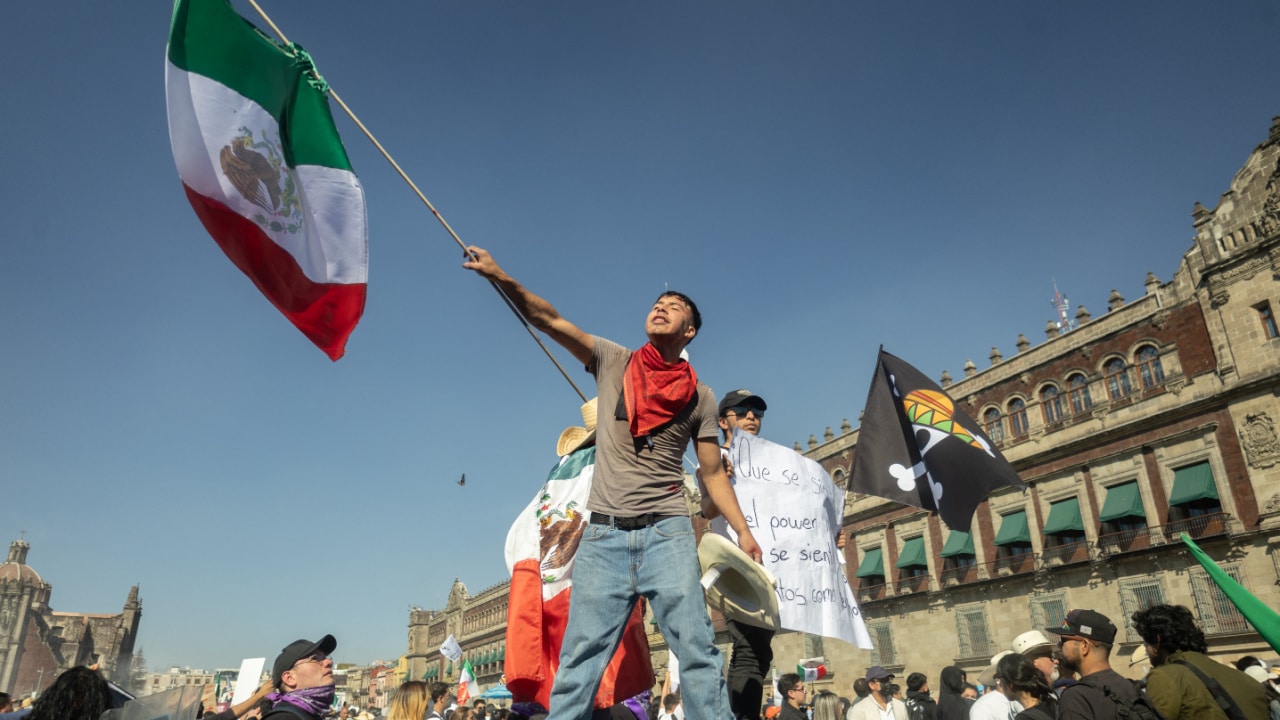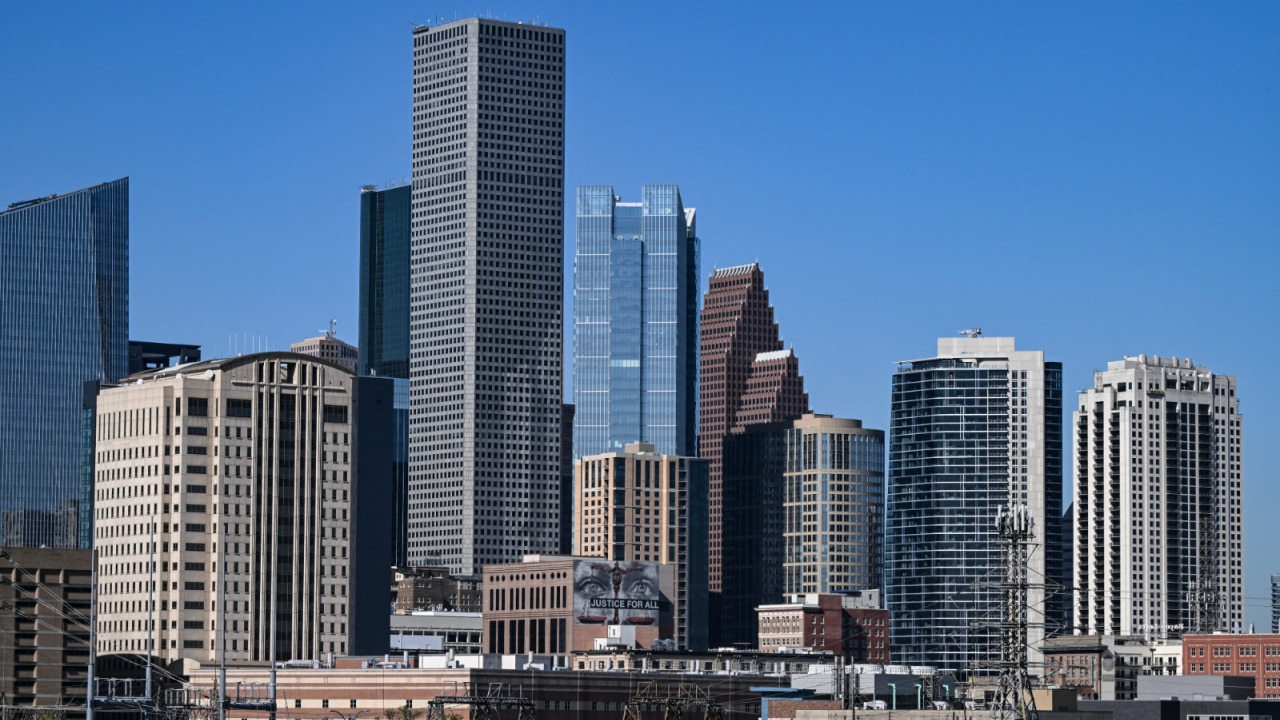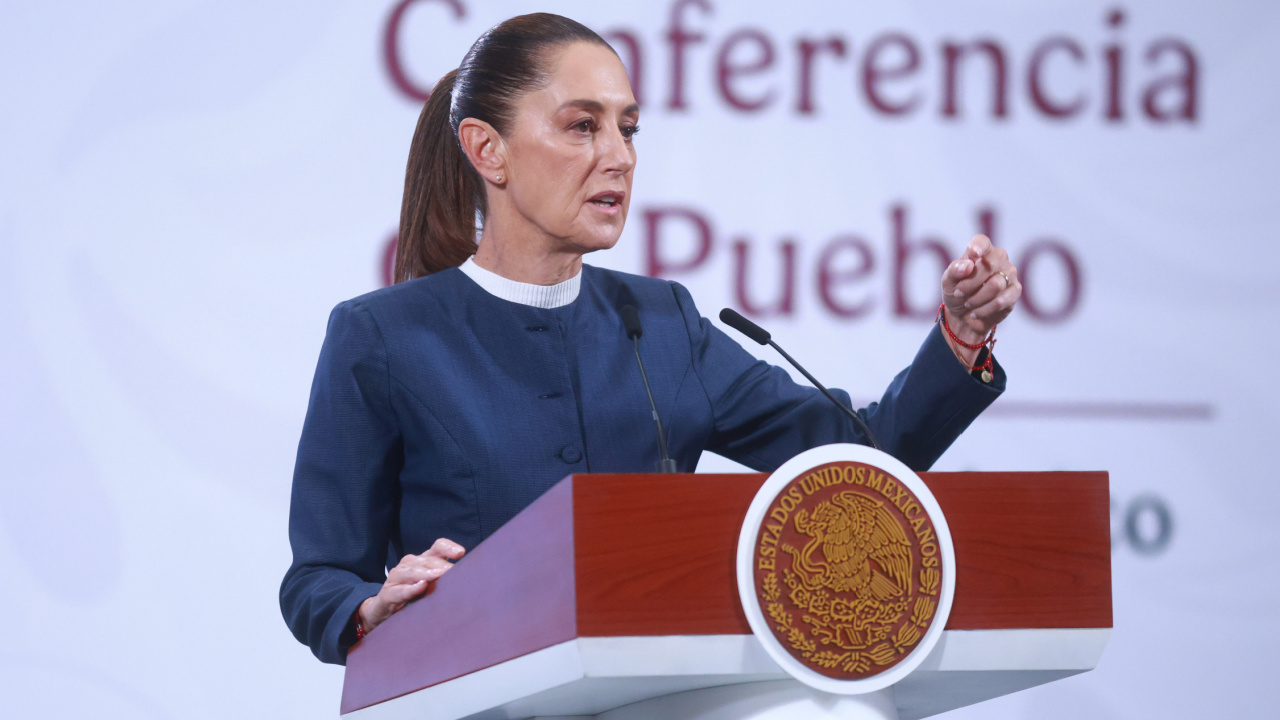A New Discovery About the Caral People in Peru Shows How to Face Climate Disaster With Peace
A new archeological discovery in Peru is shedding new light on the oldest civilization in the Americas. The Caral civilization was the first major settlement in the Americas dating back 5,000 years to 3000 BC. Their main settlement Caral-Supe was flourishing at the same time as the ancient civilizations in Egypt’s and Mesopotamia’s urban settlements. Here is what the new archaeological discovery means for Peruvian history.
An archeological find north of Lima, Peru is changing our perception of history
The ancient city of Peñico was first discovered by Peruvian archaeologist Dr. Ruth Shady. The 3,800-year-old city offers new insight into the Caral civilization. The settlement includes 18 structures, like ceremonial temples and residential structures. However, the most important discovery coming from the ruins is how the Caral people dealt with a climate disaster without war and violence.
The Caral civilization is known for being a peaceful ancient society. Previous explorations show a society without weapons or defensive walls in stunning contrast to other ancient civilizations around the world. Dr. Shady has been excavating Caral since 1994. The ongoing study of the Caral civilization is bringing into focus a society that was built on trade, music, ritual, and consensus.
“They had intercultural relationships with people of the jungle, the mountains, and across large distances as far as Ecuador and Bolivia, but always peacefully,” Dr. Shady told the BBC.
Caral faced a life-threatening climate disaster
Caral faced a 130-year drought that forced the civilization to abandon its home, much like Mesopotamia, Egypt, and China around the same time. For years, it was assumed that all of Caral moved to the coast to be closer to a food source of fish and shellfish. Previous archeological expeditions in that area seemed to prove that. However, Peñico paints a new and different story.
According to the research, Peñico proved to be a safe haven for some in the Caral civilization. The ancient city is located about 10 kilometers (around 6 miles) north of Caral-Supe. The drought pushed some people north out of Caral-Supe and to Peñico. The urban center was located near mountains providing glacial-runoff water, a key source of survival.
The relocation is less important than how society responded. The influx of climate refugees to Peñico was met with peace and acceptance. There is no evidence of warfare or fortifications to stop those seeking refuge.
“Peñico continues Caral’s tradition of living in harmony with nature and relating to other cultures with respect,” Dr. Shady told the BBC.
The information from Peñico and the overall Caral exploration is a fascinating look at how a civilization dealt with insurmountable disaster while remaining peaceful. Scientists around the world have warned of another worldwide climate disaster that will create an influx of climate refugees.
The World Bank estimated that there could be as many as 216 million climate refugees by 2050. The Institute for Economics and Peace places its high-end estimate at 1.2 billion, or about 15 percent of the world’s population.




